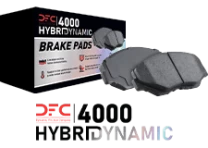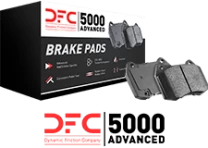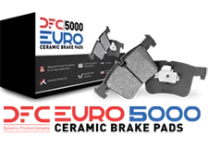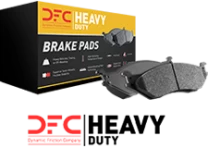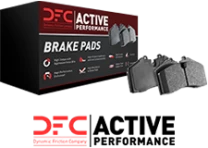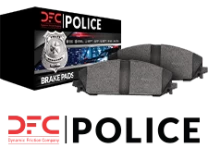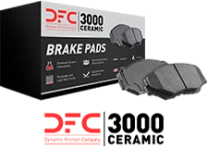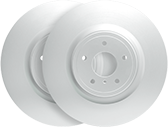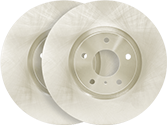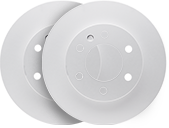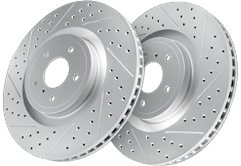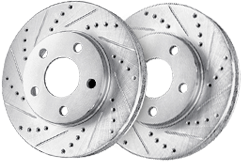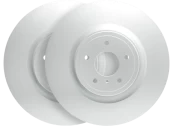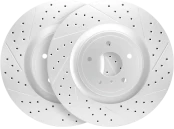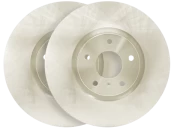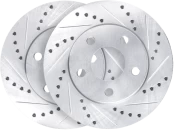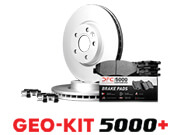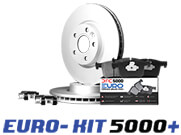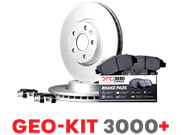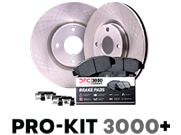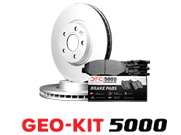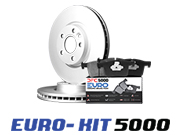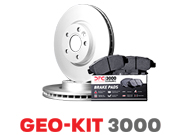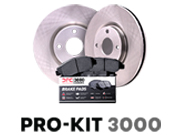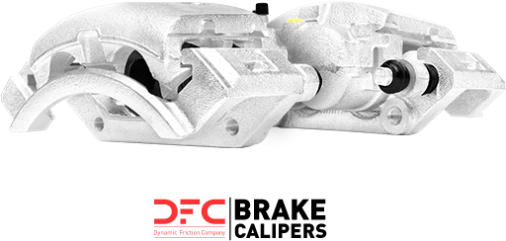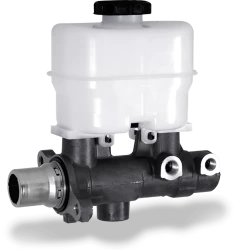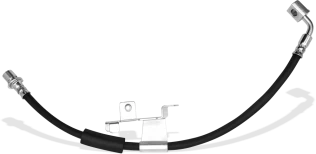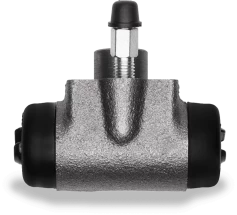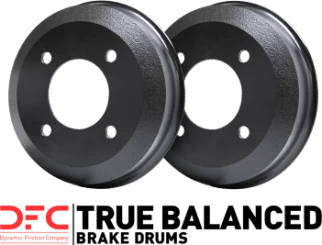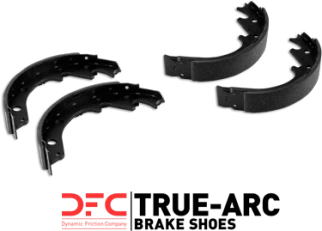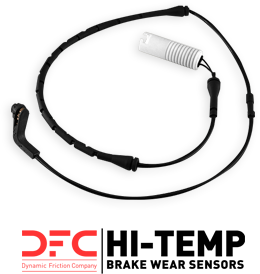If you’re looking for the best brake rotors for your Tesla, you want ones that are dependable and enhance your car’s performance. This article provides a clear review of the top brake rotors, focusing on those made especially for Tesla cars. We’ll guide you through the options that meet the high standards of your vehicle, making sure your Tesla continues to perform well.
Key Takeaways
- Tesla vehicles feature sophisticated brake systems with anti-lock braking system, special features for enhanced control, and year/model-specific variations in rotor types and sizes for optimized performance.
- Choosing between OEM and aftermarket rotors for Teslas involves considering factors like vehicle type, rotor design, cost, and potential warranty implications; eco-friendly options are also available.
- Signs such as surface cracks, vibrations, and unusual noise during braking indicate it’s time to replace brake rotors, with costs varying by service provider; regular maintenance is crucial for safety and performance.
Understanding Tesla Brakes
Tesla vehicles come with a sophisticated anti-lock braking system that boasts several capabilities.
- It prevents the wheels from locking up during intense braking, thus improving control and steering ability.
- To enhance brake responsiveness, the system includes brake disc wiping to clear away moisture.
- The anti-lock braking system is also designed with hydraulic fade compensation which modifies brake system pressure in situations where performance might be compromised due to conditions like brake fade or inclement weather.
These parts are very important because they help make Tesla cars both safer and perform better.
Specifically, the Model S is designed to alert the driver when the temperature is very cold, below 14 degrees Fahrenheit. This alert is to let the driver know that the car might not be as stable and that the brakes might not work as well. This attention to detail shows how Tesla is different from other car makers in how they design and make their cars.
Performance Versions
Tesla models uphold a high standard in braking systems, yet the performance variants feature specialized rotors. These unique rotors are designed to meet the rigorous requirements of performance driving, guaranteeing that every component of the vehicle is fine-tuned for both track environments and regular road use.
Yearly Variations
The brake rotors on a Tesla vehicle can vary not only based on the model but also according to the production year. This variation is due to Tesla’s commitment to constant innovation and improvement of their vehicles’ parts, aimed at boosting performance, safety, and the overall driving experience. Consequently, it’s expected that rotors would evolve as part of this advancement trajectory.
Choosing the Right Brake Rotors for Your Tesla Model

When choosing brake rotors for your Tesla, it’s important to consider the exact model of your car, as well as the right size and type of rotor. For instance, the GEOMET® coated brake rotors are used for Tesla Model X cars made between 2016 and 2018.
The Tesla Model 3 is sold in two different versions, Base and Performance, which have different sizes for the front rotors, different rotor designs, and different colors for the brake calipers.
Each Tesla model has its own needs for its brake system. This means each model requires specific types and sizes of rotors. Below is a simple guide that explains the differences between the brake systems of various Tesla models.
- Both from Palladium series. Models S and X usually possess identical braking configurations except that Model X has more substantial front brake rotors.
- The Model 3 comes with a distinctive set-up exclusive to itself.
- Similarly distinct is the setup found within a Tesla’s Model Y.
Ensuring you select accurately fitting brake rotors for your precise model will greatly contribute to peak performance outcomes while enhancing safety measures as well as ensuring longer-lasting wear on your car’s brakes.
OEM vs. Aftermarket Rotors
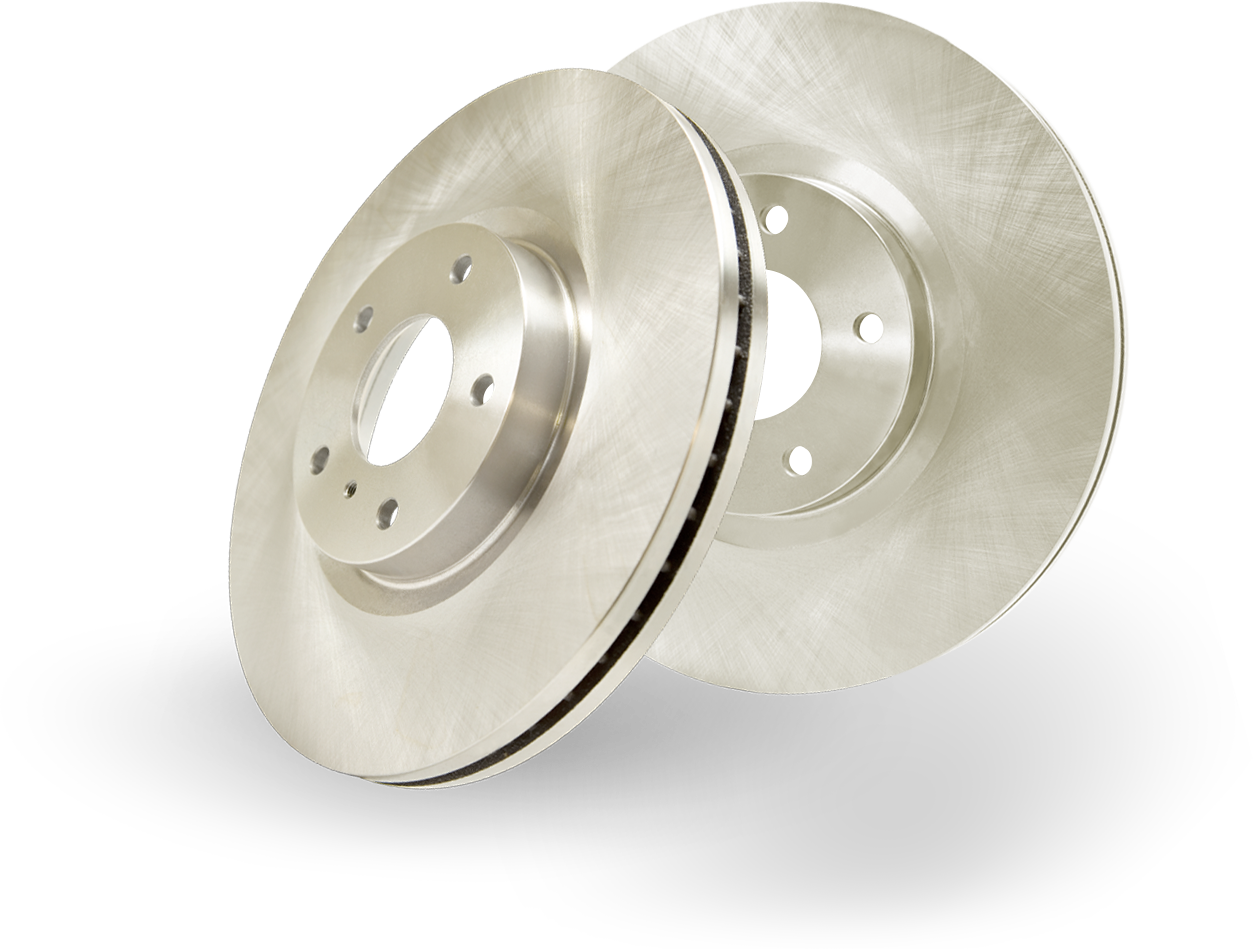
Choosing between original Tesla brake rotors and those made by other companies is an important decision. Brake rotors not made by Tesla (non-OEM) are often less expensive, and they might last just as long or even longer than the original parts. However, it’s very important to carefully check the quality of these alternative rotors.
Aftermarket rotors often have features like:
- A zinc coating to prevent rust
- A thicker center area to fix certain issues found in some models
- A lighter weight and special designs, similar to DFC’s Geomet rotors, which help keep the brake pads clean
These features are intended to improve the performance and life of the rotors when used in regular driving conditions.
Top Brake Rotor Options for Tesla Models
To augment both the performance capabilities and safety features of Tesla vehicles, there are a variety of brake rotor options available on the market. These brakes are engineered to be versatile enough for daily driving conditions as well as high-demand track environments. Let’s take a closer look at some of these offerings in greater detail.
Carbon Ceramic Rotors
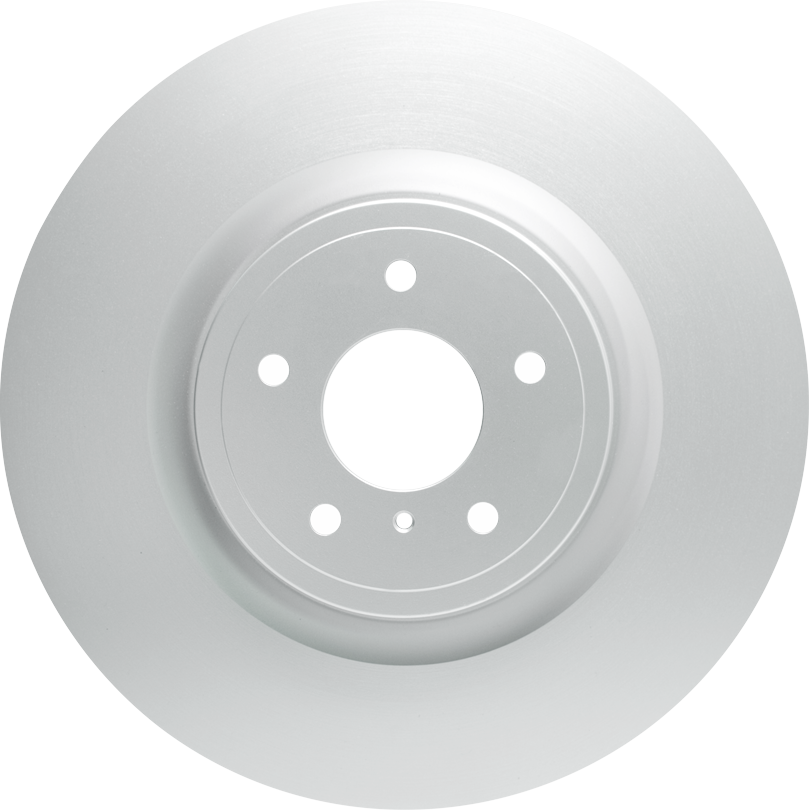
Choosing carbon ceramic rotors for Tesla vehicles is a wise decision for environmentally aware drivers. These rotors are lighter than traditional iron rotors, which means they reduce the overall weight of the car. This can lead to better handling and fuel efficiency.
In addition, carbon ceramic rotors are known for their durability and ability to perform well under high temperatures, which is particularly beneficial during fast driving or in hot climates. They also produce less brake dust than standard rotors, keeping wheels cleaner and reducing the environmental impact.
Carbon Ceramic Rotors vs. Traditional Cast Iron Rotors

Choosing carbon ceramic rotors for Tesla vehicles is a wise decision for environmentally aware drivers. These rotors are lighter than traditional iron rotors, which means they reduce the overall weight of the car. This can lead to better handling and fuel efficiency. The reduced unsprung mass of carbon ceramic rotors allows for more precise wheel control, which translates into a smoother ride and improved vehicle dynamics.
In addition to their weight advantage, carbon ceramic rotors are known for their durability and ability to perform well under high temperatures, which is particularly beneficial during fast driving or in hot climates. They also produce less brake dust than standard rotors, keeping wheels cleaner and reducing the environmental impact. The longevity of carbon ceramic rotors is another plus; they can last the lifetime of the car under normal driving conditions, whereas traditional cast iron rotors might need to be replaced several times over the same period.
On the other hand, traditional cast iron rotors, while being more cost-effective upfront, do not offer the same performance benefits as carbon ceramic rotors. Ordinary cast iron rotors tend to warp under high temperatures, leading to reduced braking performance and potentially more frequent replacements. For a Tesla, which is engineered for high performance and efficiency, the use of ordinary cast iron rotors could compromise the vehicle’s finely-tuned dynamics and the overall driving experience that Tesla owners have come to expect.
Slotted and Drilled Rotors
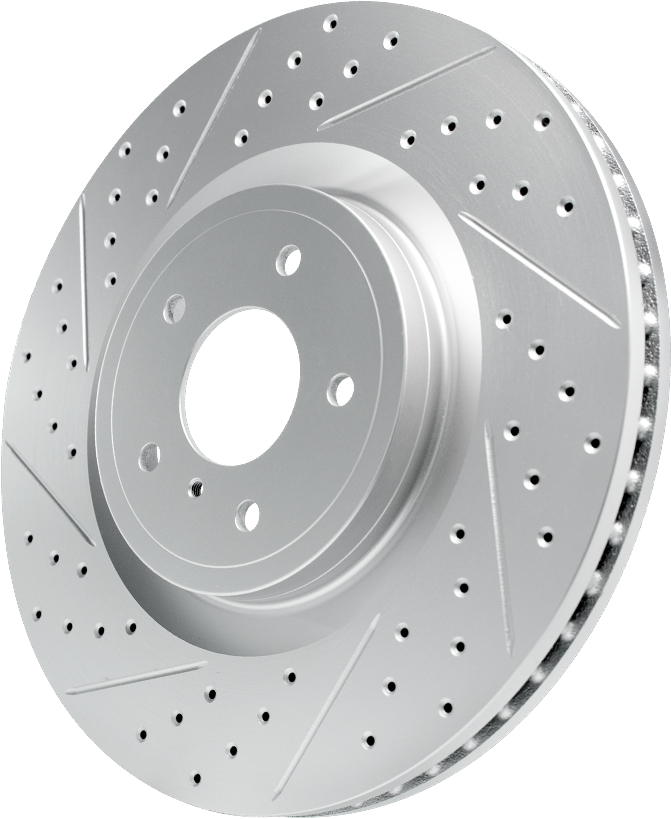
Slotted and drilled brake rotors are widely favored by Tesla owners, with the DFC’s Geomet series being a preferred choice for its ability to elevate the braking performance of their vehicles. Designed for optimal heat dispersion, these slotted rotors surpass conventional rotor design in halting efficiency.
They marry high-grade stoppage power with cost-effectiveness through advanced engineering that includes cross-drilled holes and diamond-patterned slots to maximize durability and stopping force. They employ a ‘Convergent vane’ structure which enhances resistance against both corrosion and warping.
Durability is also built into these specific rotors’ designs thanks to rotor rings tailored specifically for Tesla vehicles. These components ensure an extended service life known amongst users while remaining steadfast in maintaining vehicle performance standards.
Brake Pad Selection for Optimal Performance
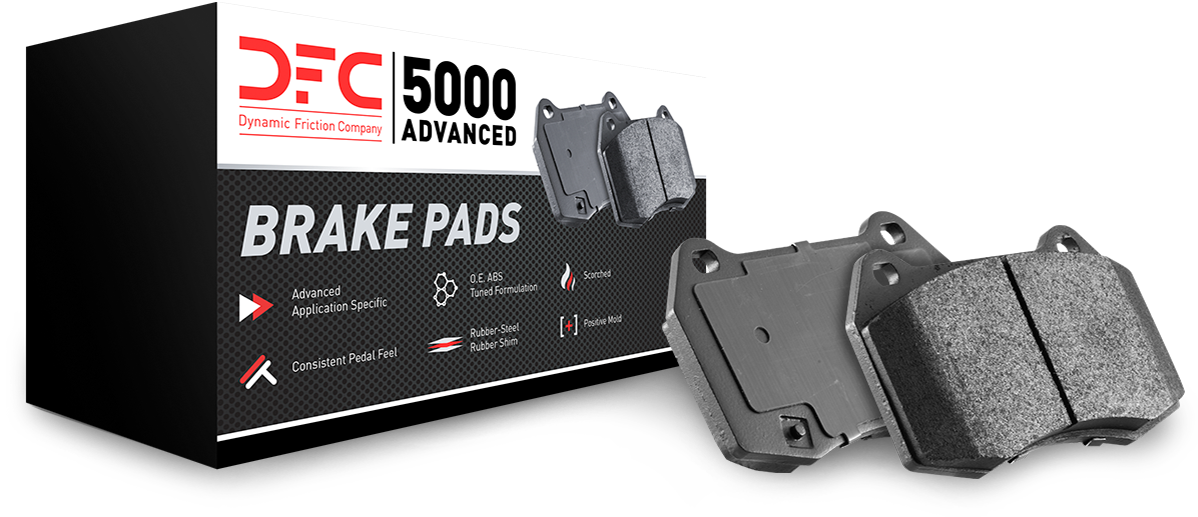
Ceramic brake pads are generally considered the best option for Tesla vehicles due to their quiet operation, low dust output, and durability. These qualities make ceramic pads particularly appealing to drivers who prioritize cleanliness and a quiet ride.
When considering the best brake pads for your Tesla, Dynamic Friction Company (DFC) stands out with its exceptional offerings. The DFC 5000 Advanced series brake pads is the most compatible brake pad are engineered to complement the advanced regenerative braking system of Tesla, ensuring optimal performance and minimal wear.
Unlike other brands, DFC brake pads are designed specifically by your vehicle’s exact year, make, and model. Add the fact that these brake pads are also crafted in a unique formulation that reduces noise and dust, which is especially beneficial for maintaining the pristine conditions of car models, especially your Tesla.
Moreover, these pads are thermally stable and provide consistent braking power even under high temperatures, making them an ideal choice for Tesla owners who demand superior quality and performance without compromising on environmental consciousness.
Signs It’s Time to Replace Your Tesla Brake Rotors
Brake rotors are parts that naturally wear out over time, just like any other part of a car. Eventually, they will need to be replaced. How can you tell when it’s time for new ones? Look out for certain signs that show your Tesla’s brake rotors might need changing. For example, if you see large cracks on the rotor surface, especially if they reach the edges, this usually means it’s time to get new rotors. Also, if you notice deep grooves or other clear signs of wear on the part of the rotor that touches the brake pads, this is another indication that they need to be replaced.
If you feel shaking in the steering wheel or the brake pedal when you brake, this could suggest a problem with the rotors. If you hear loud noises when you are braking, this could also mean that the rotors are worn out or that they have rusted. It’s very important to have your Tesla’s brakes checked regularly to keep the car safe to drive and to make sure it performs well.
Cost of New Brake Rotors for Tesla Vehicles
The price of new brake pads and rotors for Tesla vehicles can fluctuate based on a variety of factors. Reports from Tesla owners suggest that the cost to replace both front and rear brake pads and rotors can range between $840 to $1,583. When you also factor in the replacement of parking brake pads along with the front and rear pads and rotors, expenses may increase up to approximately $2,500.
Due to this variation in quotes offered by different Tesla service centers, there’s noticeable unpredictability regarding the total cost encompassing parts and labor which might be attributed to various service providers. Labor charges are subject not only to variability, but could significantly affect overall costs as well. It’s advisable for vehicle owners seeking these services to obtain multiple estimates ensuring they receive optimal value when spending money on such maintenance tasks.
Potential Warranty Concerns
Opting for aftermarket brake rotors might seem appealing, but it’s crucial to consider the potential impact on your warranty. It’s a common myth that just by installing aftermarket parts such as brake rotors on a Tesla can lead to an automatic void of the vehicle’s warranty. Consumer rights are protected by the Federal Trade Commission (FTC), which allows individuals to use non-original parts without forfeiting their warranty.
The assurance provided by Tesla will remain intact unless evidence shows that any problems needing repair were directly caused by an installed aftermarket part. Warranty services cannot be rejected simply because there is an aftermarket rotor fitted. Proof must be shown that this component is responsible for the damage incurred. Meticulous documentation of changes and consulting certified professionals when putting in these types of parts play a critical role in preserving your car’s coverage under its original guarantee.
Installation Tips and Best Practices
When you’ve made your selection, the next phase is the installation process. Tesla has developed unique tools specifically for facilitating swift and safe removal, disassembly, and reassembling of braking components to prevent damage during servicing. The proper completion of certain maintenance or installation jobs on Tesla vehicles often necessitates these specialized instruments.
For some vehicle models, installing aftermarket rear rotors can be notably quick and simple – some boasting that this can be accomplished in as little as 20 minutes for each corner. These rotors are double disc ground at the brake pad contact area to enhance quicker bedding-in of brake pads which leads to a quieter performance with smoother stops. It’s crucial for owners who modify their vehicles by adding parts like front calipers to meticulously document all changes and consult certified technicians when installing aftermarket enhancements to ensure peak performance from their vehicle’s brakes.
Summary
If you own a Tesla or simply admire these remarkable vehicles, grasping the details of their braking systems and the array of choices for rotor types can deepen your admiration. Keep in mind that brake rotors and pads are vital to both your safety and your Tesla’s performance. It is essential to choose these parts thoughtfully, considering factors like how you drive, environmental conditions, and financial limitations. Armed with proper understanding and equipment, you can maximize the high-caliber performance of your Tesla while maintaining confidence in its roadworthiness.

 UNITED STATES
UNITED STATES
